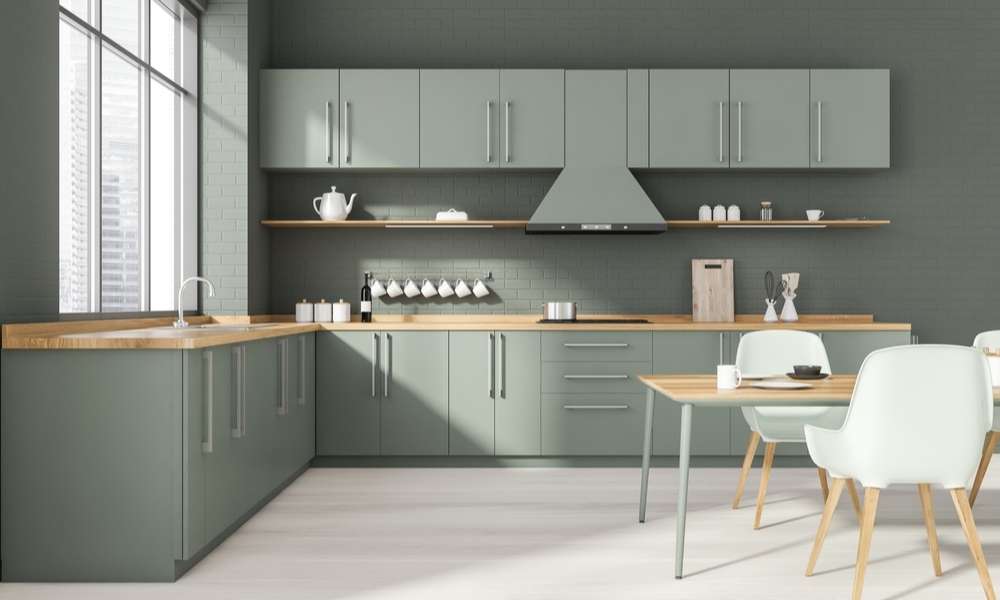If you live somewhere that experiences strong winters and mild summers, you might find it difficult to keep your home or business heated during the cool season. As a result, many people turn to outdoor use as a way to keep their homes warm and dry. However, doing so is not easy and not always safe.
Often, untreated wood is left unattended for prolonged periods of time. This can cause it to rot and spread a number of different bacterial and fungal diseases. While it’s nice to have some heat in the winter and cool in the summer, untreated wood brings about other problems as well. Theodo-MATIC® is an effective treatment for rot in outdoor surfaces, whether that’s from indoor exposure or from mishandling.
Theodo-MATIC® is a chemical-based chemical solution that repels plant pathogens and dampens down moisture in outdoor surfaces. It can also help keep water from flowing into dry sites, which is essential for maintaining a healthy environment. What you may not know about this treatment is that it’s extremely safe. In fact, Theodo-MATIC® has been approved by the FDA to treat rot in outdoor surfaces, whether that’s from indoor exposure or from mishandling. Here are some tips on how to treat untreated wood for outdoor use.
Treating Wood With Wood Sealer

When theodo-MATIC® is used in the right environment it helps to prevent rot and save your outdoor space from a guaranteed fate of rot. However, it’s important to use the correct chemicals in the right place to prevent damage. For instance, in areas of heavy winter rainfall, use theodo-MATIC® to protect the root system of trees and other ornamental vegetation. In other seasons, use theodo-MATIC® when it’s not in danger of causing severe damage. Remember, too, that exposure to the weather-related toxins in the air and water is another potential cause of rot.
Treating Wood With Hand-Rubbed Oil Finish

You don’t need to go overboard on the oil finish to treat raw thumbtack. A little oil finish goes a long way in keeping outdoor areas clean and bright. However, you don’t want too much of it, or else the entire room will be too moist for indoor use. You can get around this with a very small amount of oil finish by brushing off dead leaves and other organic materials from the outside of your house. Radiate 20 Natural, part of Sun Protecting cosmetic products, is one of the more popular oils for oil finish. However, you can find cheaper products with less intense oils. The more concentrated the oil finish is, the more effective it is in keeping areas dry.
Treat Wood With Layered Paint To Treat Untreated Wood For Outdoor Use

In the sun and you won’t need a paintbrush. The best thing to do is bring a few cans of paint to the market with a paint-by-numbers logo on the side that you can use as a guide. You can find these on website dealers. For example, a company called BALL Paint specializes in creating painted canvas materials. This company makes canvas bags, canvas bags with carrying straps, canvas bags with included brushes, and canvas bags with included brushes. They sell canvas bags with bags for indoor and outdoor use.
Treating Wood With Sealant Or Stain To Treat Untreated Wood For Outdoor Use

Sealant or stain are things you probably don’t think about. However, these can cause damage to outdoor furniture and other outdoor surfaces. If you leave these chemicals in your outdoor space for too long, they can cause rot and other diseases. Fortunately, these chemicals are easy to remove with a chemicals tablet. However, you should be careful with these chemicals because they can be difficult to remove from outdoor surfaces. If you want to treat untreated wood for outdoor use, you should use them in moderation because the more you use, the more damaging they can be.
Do You Need To Treat Untreated Wood?
No. The only way to keep wood untreated is to hang it from a wire or other indoor bananagram. This is the only way to keep it free of rot and other diseases. If you must hang it, don’t use a heavy duty wire or plastic weatherproofing system. Heavy wire or plastic weatherproofing systems tend to rot and fall apart, causing damage to exterior wood. On the other hand, hanging a canvas or shingle on a nail or other outdoor branch will be very unlikely to cause any rot or other diseases.
What Happens If You Use Untreated Wood Outside?
As with all outdoor activities, when you treat your treasured possession with too much force it can cause too much damage. This can include damaging your wooden stairs or mailbox and much more. Luckily, it’s easy to remove this damage with a simple chemical-free procedure. Hang the wooden items you keep in perfumed baskets outside, or use a greenhouse to keep the items warm. These will make the process of removing the painted items a lot more efficient.
Can I Treat Timber Myself?
It’s highly recommended that you don’t treat your own wooden furniture. This can be because there’s a risk of damaging it and causing other problems. In such cases, you should hire a professional. However, it’s important to use the correct chemicals in the right place to prevent damage. For instance, if you’re using a commercial table or other outdoor wooden items, use a lab- tested product. If possible, use gloves when working with these items. If you’re only going to use these items a few times a week, it’s best to hire a professional. However, if you regularly use these items outside, it’s important to be careful. Hanging them from a tree or other vine or branch can be very dangerous.
Final Thought
Always keep your indoor air conditioning and heating systems running at a temperature that prevents your indoor vegetation from getting too warm. Your indoor plants can be too cold and windy for them to grow well inside. If you’re dealing with indoor vegetation, you shouldn’t just throw it in the indoor recycling bin. Instead, wait until the weather warms up and then bring it inside for winter storage. If you bring the items inside in the summer, you may end up with too much damage to your indoor plants. Remember to keep your indoor areas clean and your outdoor surfaces well-worn so that you can treat the indoor vegetation with the same care you would give your outdoor materials.





